Promoting digitalization to reduce environmental emissions
Nguoi Dua Tin (NDT) : Green credit and green banking play a very important role in the successful implementation of the National Strategy on Green Growth for the 2021-2030 period, with a vision to 2050. How do you assess the capital demand for green growth of the Vietnamese economy in the coming time?
Mr. Nguyen Hung - General Director of TPBank : The Party and the State, with their strategic vision, have identified the policy and roadmap for perfecting mechanisms, policies and laws to develop a green economy, low-carbon economy, and circular economy towards Net Zero.
To ensure sustainable development and green growth, the Government has identified the need to promote the widespread application of cleaner production; improve the efficiency of natural resource use, while minimizing emissions and limiting the increase in pollution, protecting environmental quality and human health, ensuring sustainable development.
At the same time, build a civilized, harmonious and nature-friendly consumer culture, gradually implement eco-labeling, green shopping, develop the market for ecological products and community initiatives on sustainable production and consumption...
Therefore, in the future, businesses will need to invest in systems, production lines, and infrastructure to meet certain green standards. These activities all generate capital needs and costs during the transition to a sustainable economy.
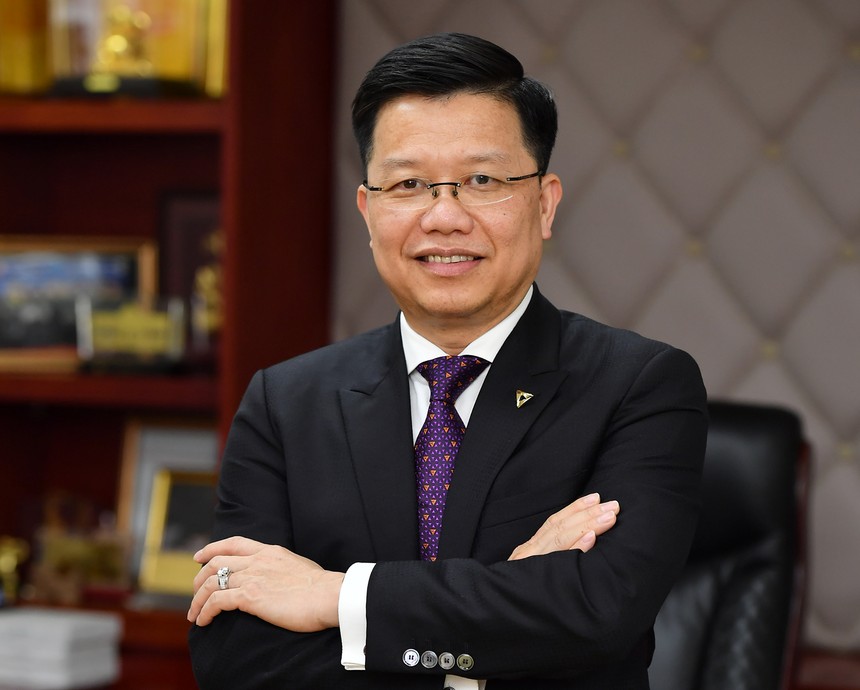
Mr. Nguyen Hung - General Director of TPBank.
Investor: The greening trend in financial activities is expanding, in this wave, TPBank is one of the leading units, standing out with the Project on Building a Framework and Enhancing Implementation Capacity on Environment - Society - Governance (ESG Project), can you share more about this orientation?
Mr. Nguyen Hung: In August 2023, TPBank launched the ESG Project. With this project, TPBank's risk management, safe and sustainable development platform, will continue to reach new heights.
In the coming time, TPBank can receive technology and technical transfer to effectively implement governance according to international ESG standards, ensuring green, healthy, sustainable development, responsible to the community, society and environment.
Investor : Does TPBank's purpose in creating and developing the LiveBank sleepless automatic banking system model include developing a sustainable environment?
Mr. Nguyen Hung: Currently, 98% of TPBank customers' transactions are conducted via digital channels. More than 90% of banking activities are digitized, reducing documents, papers, and hard copies in business processes.
This allows all processes to be carried out much faster, more securely and ensures data integrity. As a result, the bank saves 40% of operating costs and 60% of the average transaction time at the customer's counter.
LiveBank 24/7 can serve 90% of customers' transaction needs but the operating cost is only 1/10 compared to a branch/transaction office.
TPBank customers have long not needed to carry any documents and can easily transact with LiveBank 24/7 through biometric authentication to ensure safety and security.
This not only increases convenience and customer service quality, but also demonstrates TPBank's commitment to the goal of reducing emissions, protecting the environment, green growth and sustainable development.
Balancing capital sources to provide credit flows for green projects
Investor: Currently, regulations on green credit are only directional, encouraging credit institutions to implement but not mandatory. For TPBank, what opportunities and challenges does this create for banks in the process of implementing green credit?
Mr. Nguyen Hung: Currently, directing credit flows to green projects is not popular in the Vietnamese banking market. Meanwhile, banks around the world always have capital cooperation programs aimed at green businesses and green projects.
In terms of capital sources, TPBank in particular has many opportunities to cooperate with partners to receive capital flows at preferential costs, focusing on green projects and green development. Thanks to that, it gradually affirms its pioneering position in the process of promoting green credit, green environment and sustainable development.
However, the number of green projects is currently relatively limited. At the same time, these projects need to ensure certain regulations and standards on green development, so the time for identification and monitoring are also factors affecting the disbursement process. In addition, the project also needs to ensure investment efficiency and assess eligibility for credit.
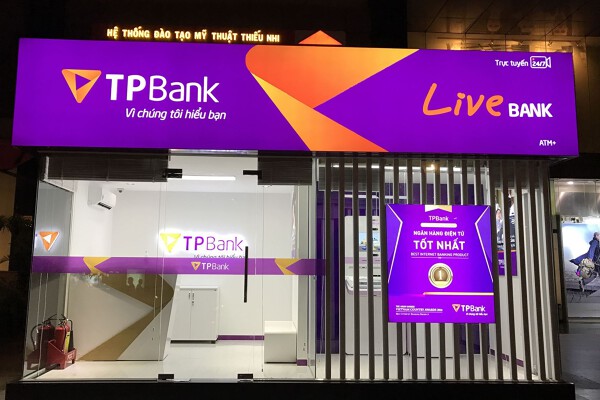
TPBank's 24/7 Livebank system contributes to reducing emissions into the environment.
Investor : The current resources for green credit of banks rely largely on programs with international funding, but these are only external resources and play a role in the early stages. In your opinion, is there a need for a long-term solution so that credit is provided for the entire life of the project, not just in phases?
Mr. Nguyen Hung: In the future, when banks popularize ESG and focus on green and sustainable development, there will certainly be separate capital flows for green projects. Depending on the capital scale and resources of each bank, there will be a certain proportion for green credit and support for green projects.
In the coming time, TPBank will also balance capital sources to provide credit flows for green projects, in addition to foreign capital flows according to programs of important partners such as WorldBank, ADB...
Investor : Thank you very much for sharing the above!
Source






![[Photo] Summary of parade practice in preparation for the April 30th celebration](https://vstatic.vietnam.vn/vietnam/resource/IMAGE/2025/4/11/78cfee0f2cc045b387ff1a4362b5950f)
![[Photo] Looking back at the impressive moments of the Vietnamese rescue team in Myanmar](https://vstatic.vietnam.vn/vietnam/resource/IMAGE/2025/4/11/5623ca902a934e19b604c718265249d0)


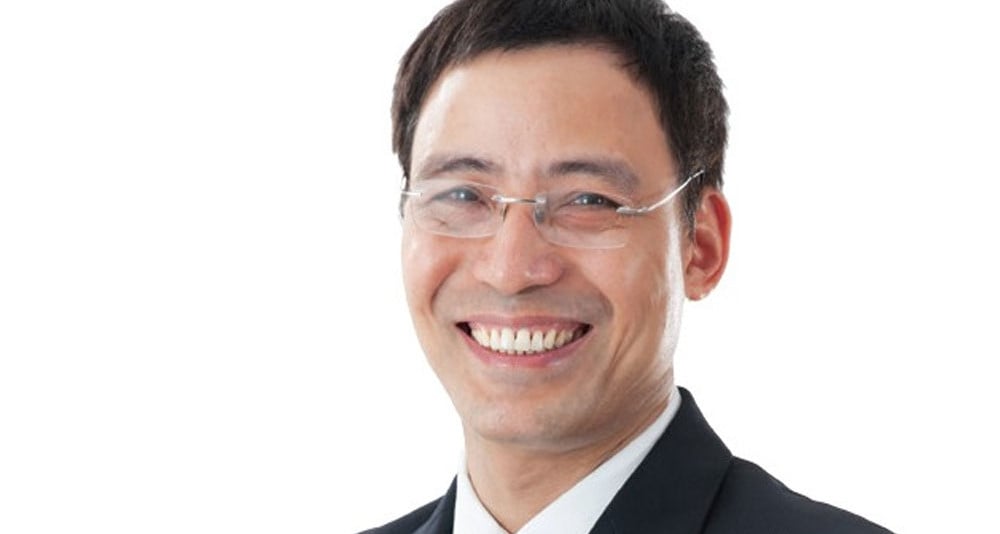
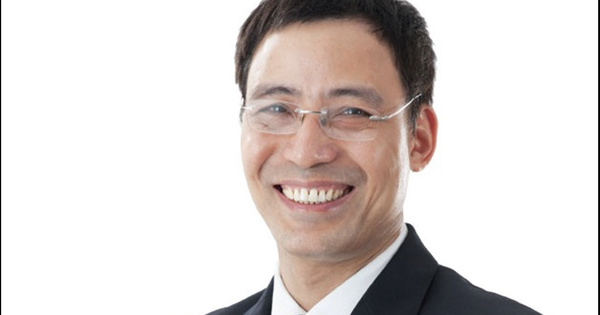

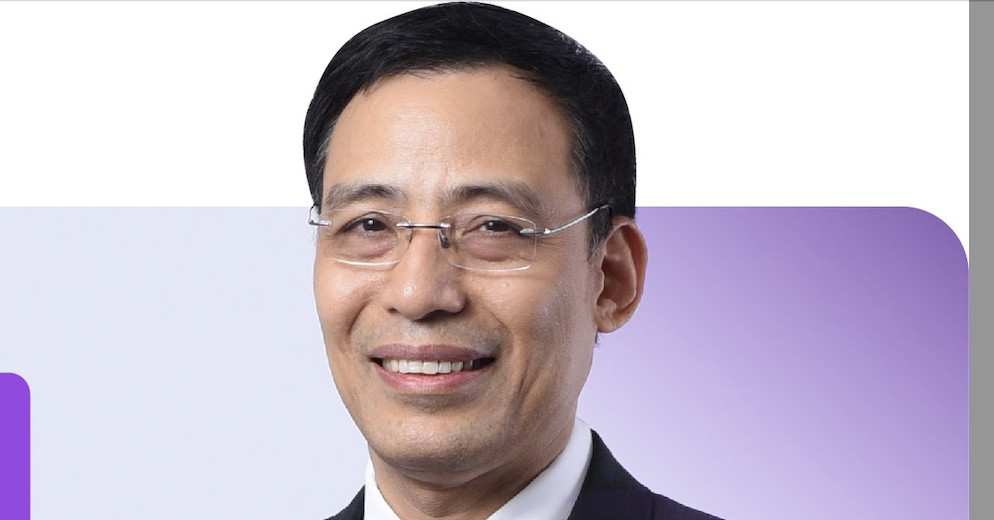
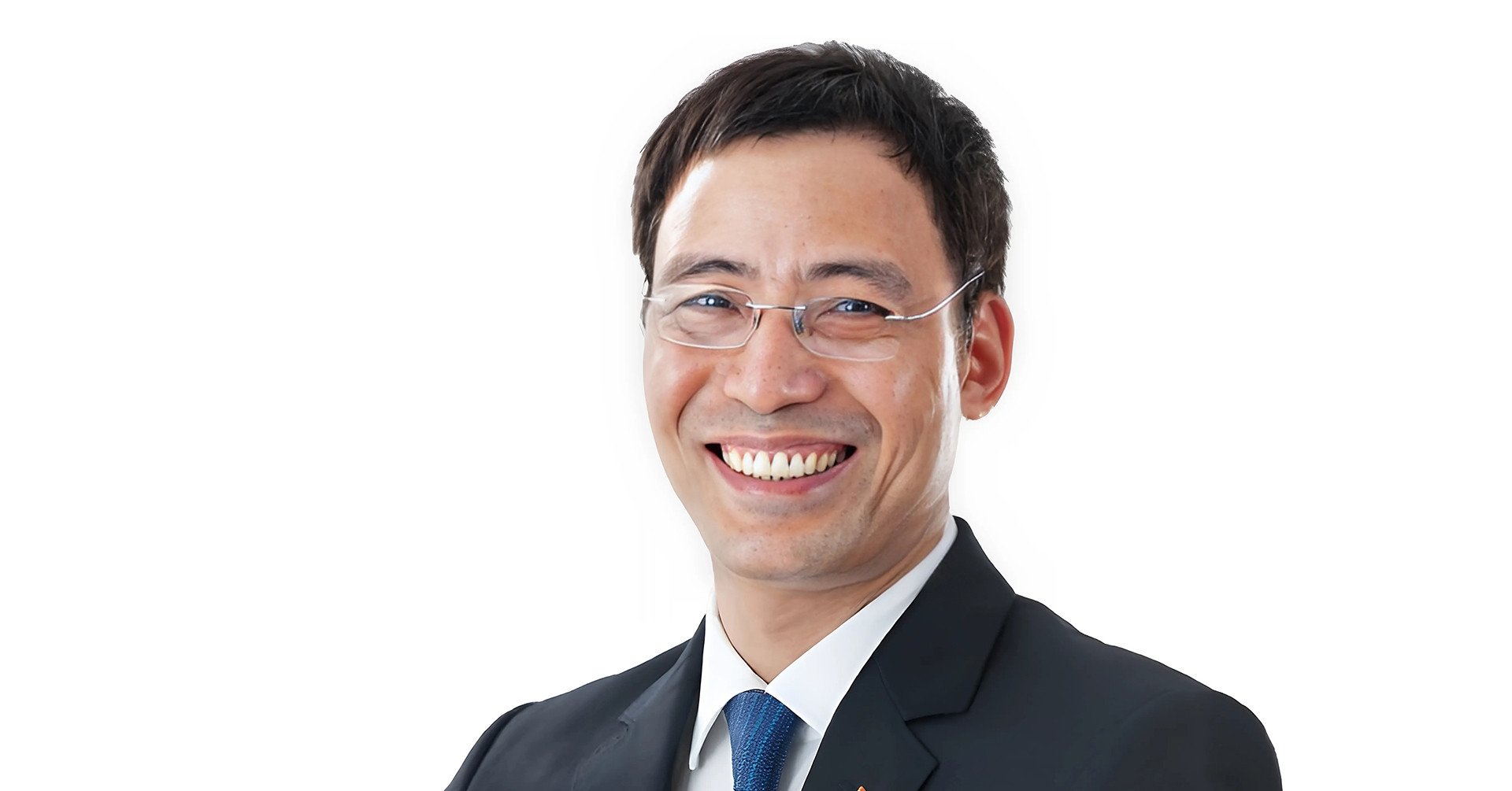
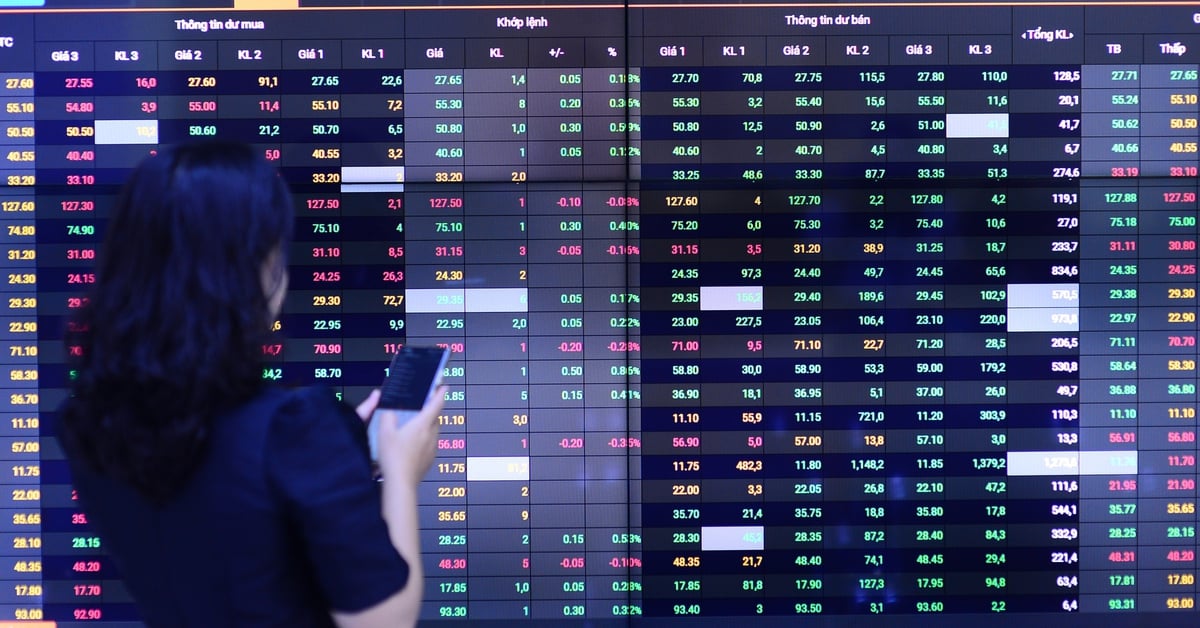


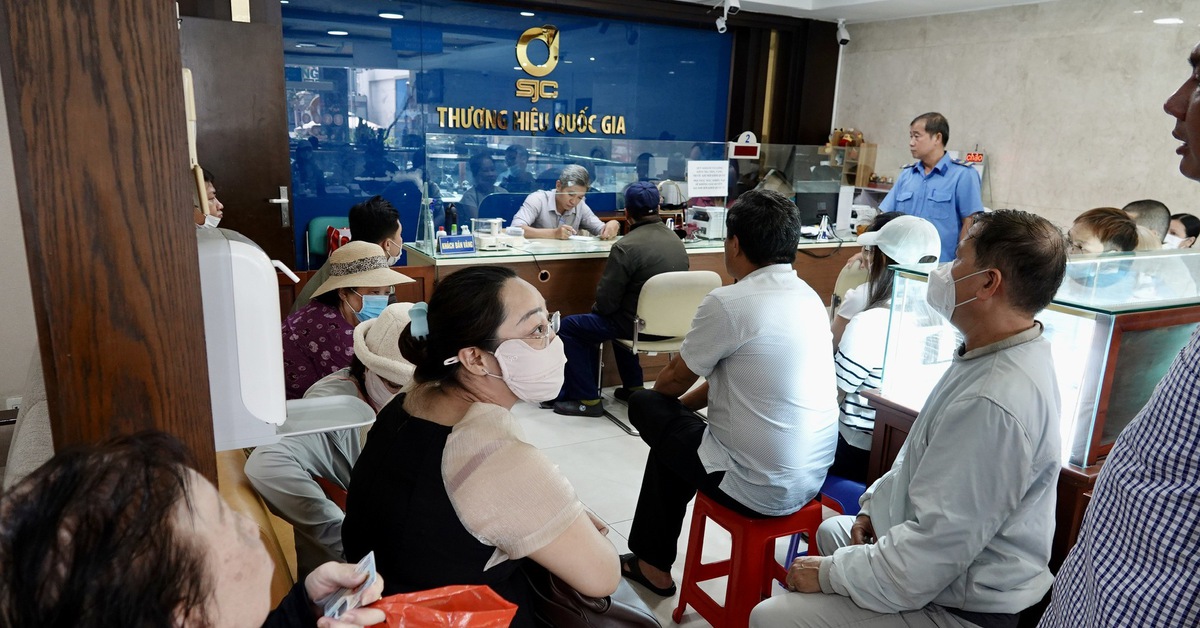
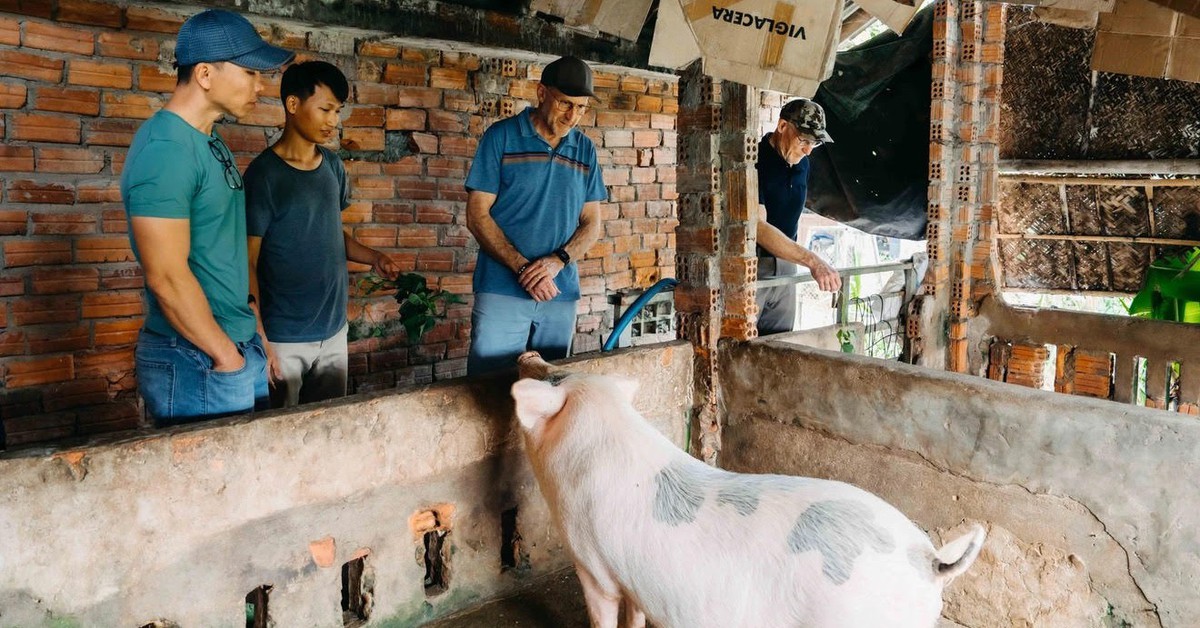
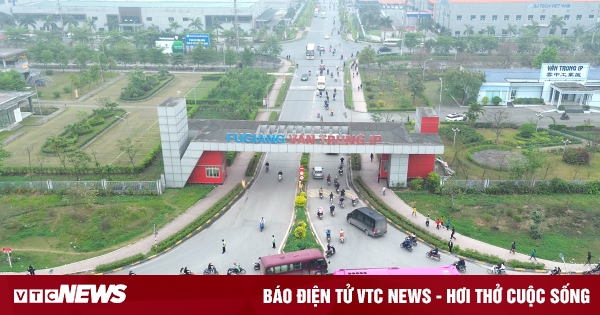
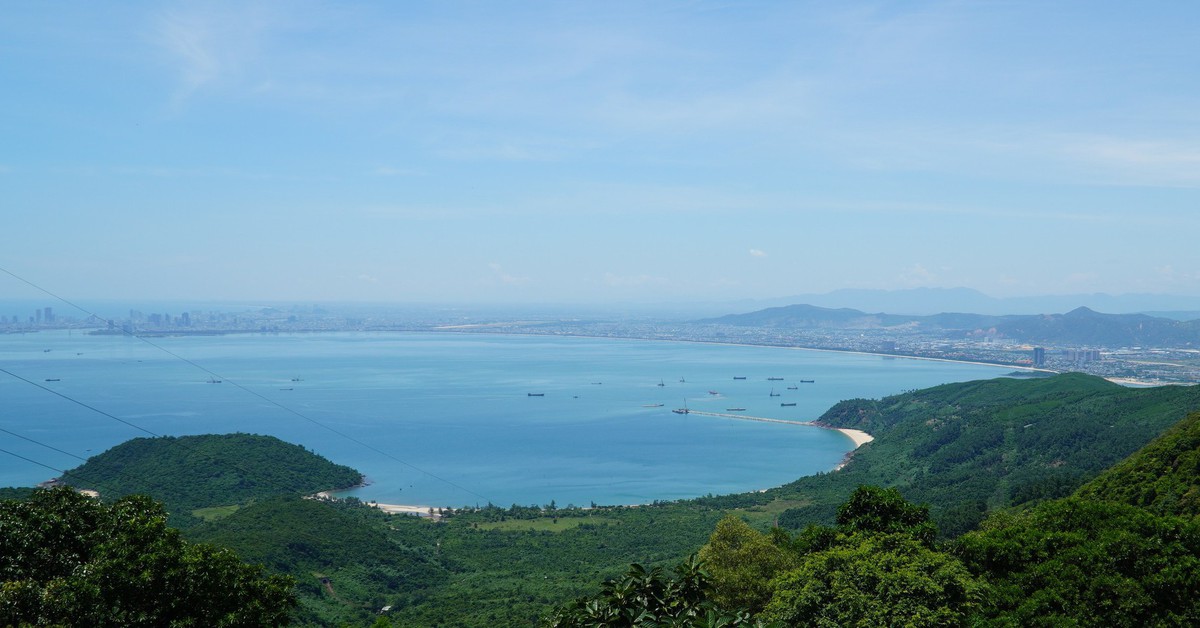
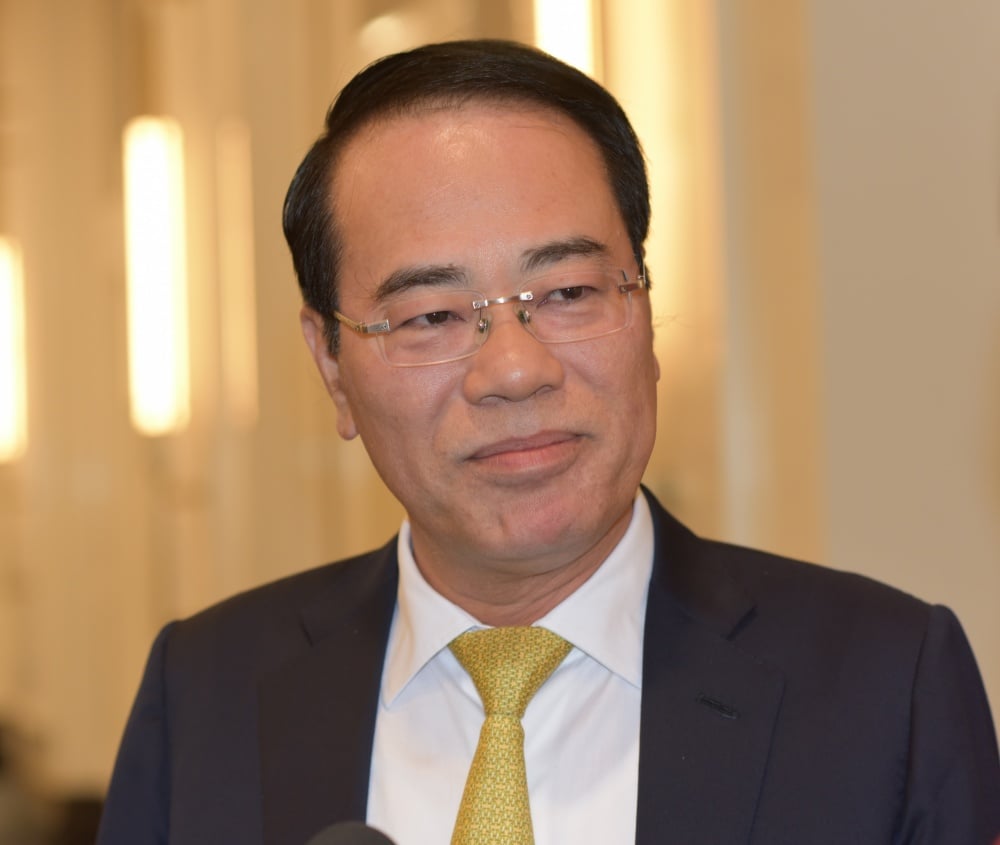





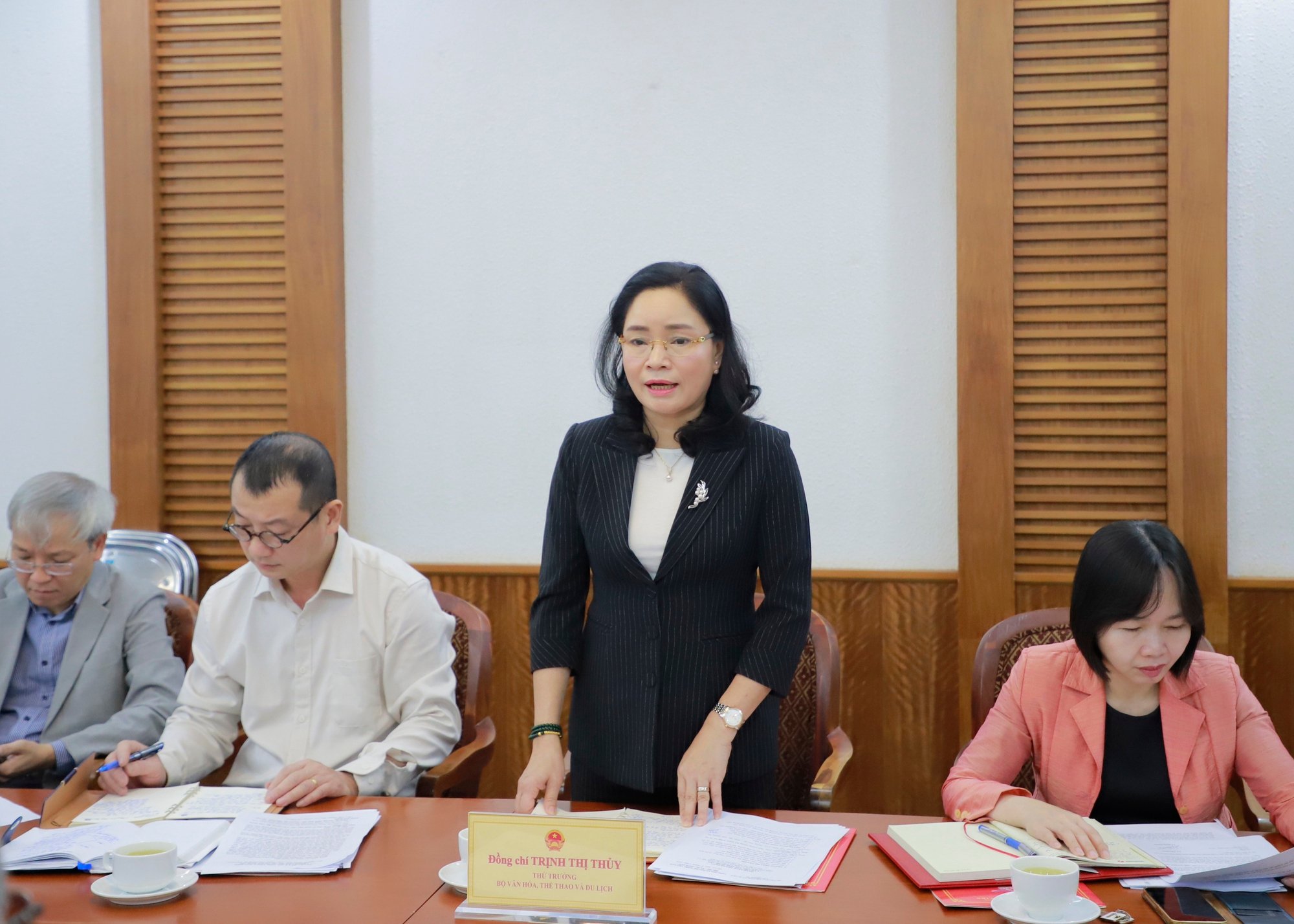
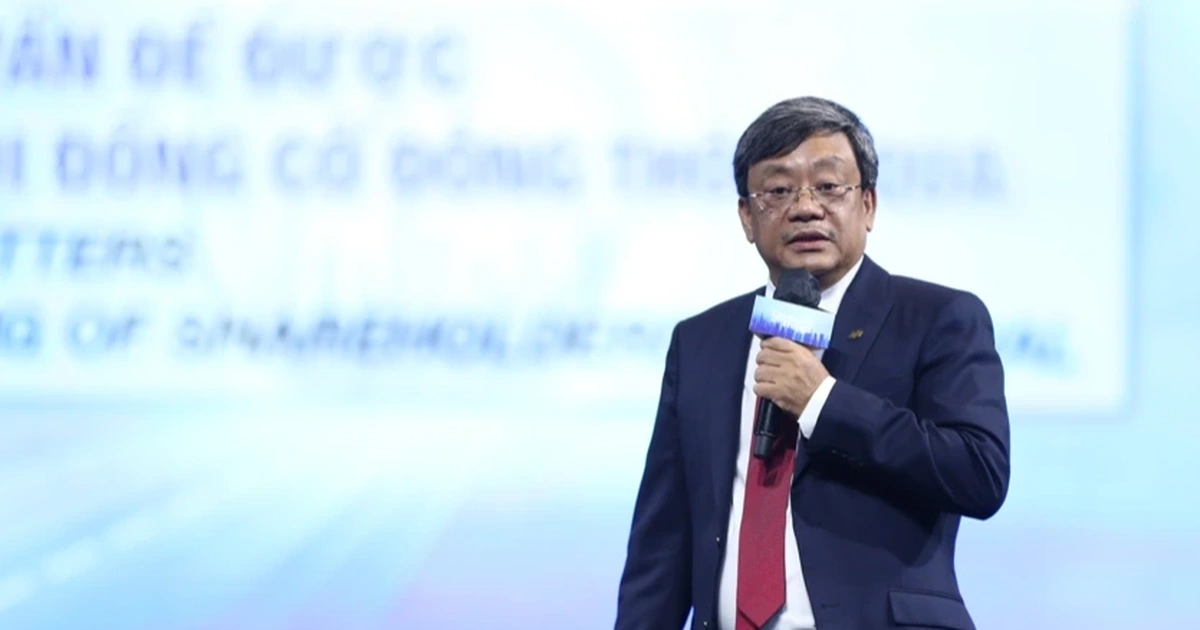



![[Photo] Phuc Tho mulberry season – Sweet fruit from green agriculture](https://vstatic.vietnam.vn/vietnam/resource/IMAGE/2025/4/10/1710a51d63c84a5a92de1b9b4caaf3e5)





























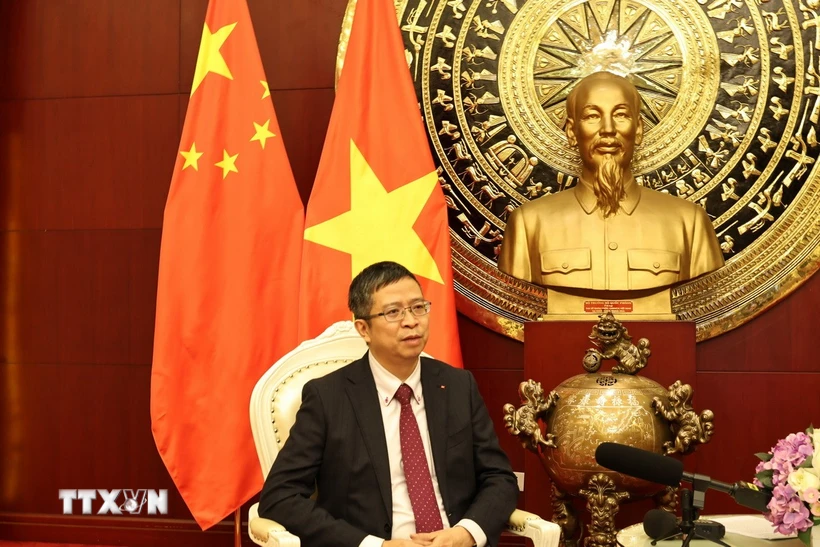
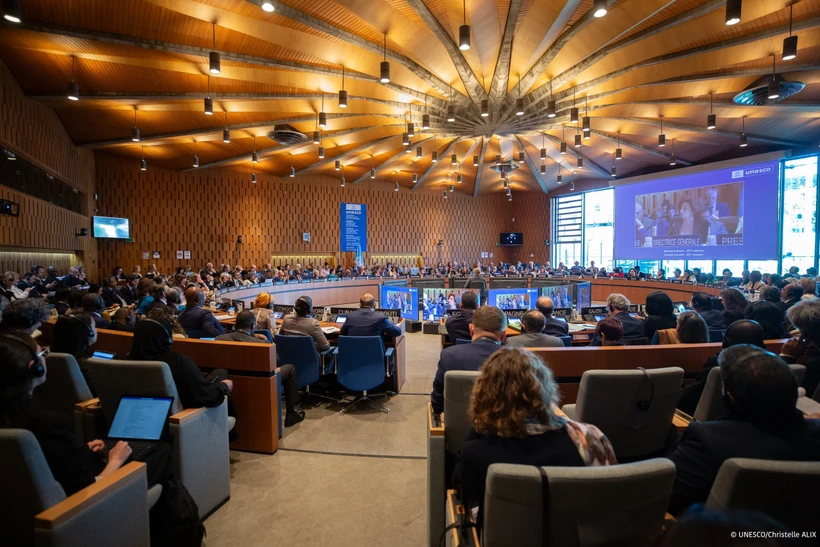








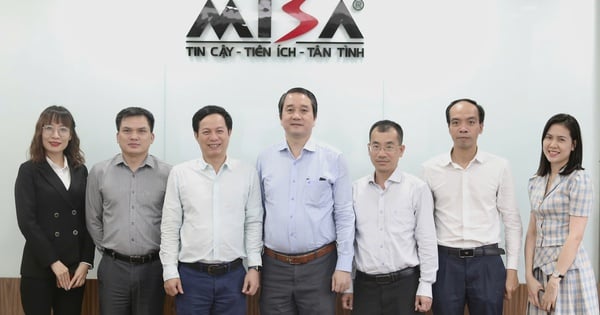



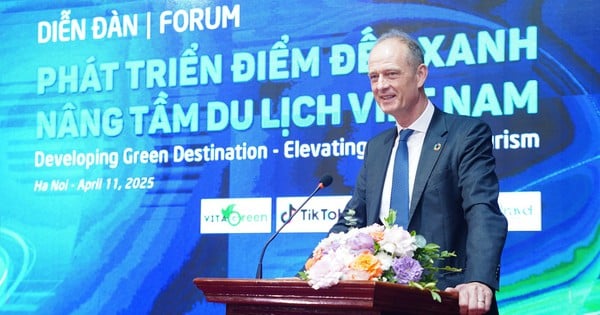
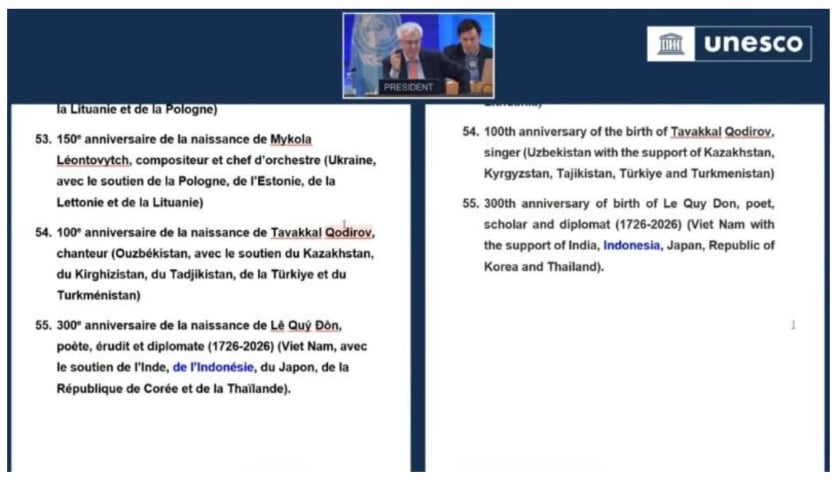

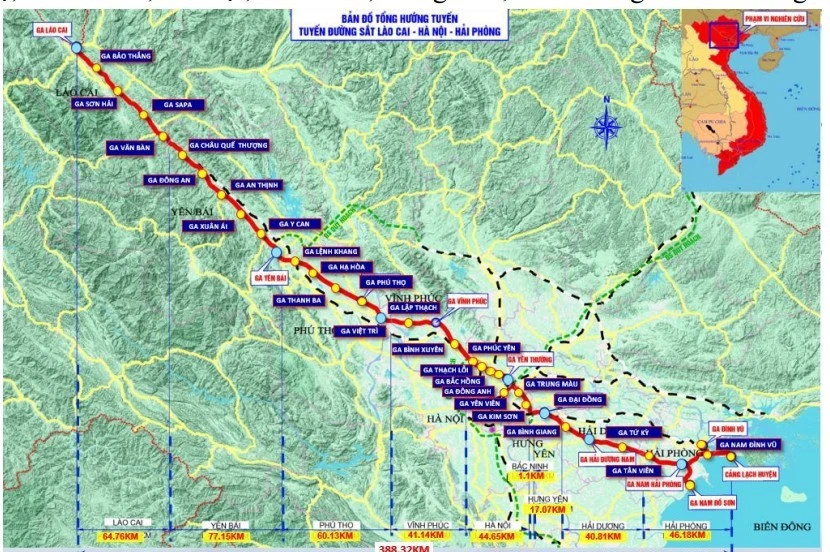

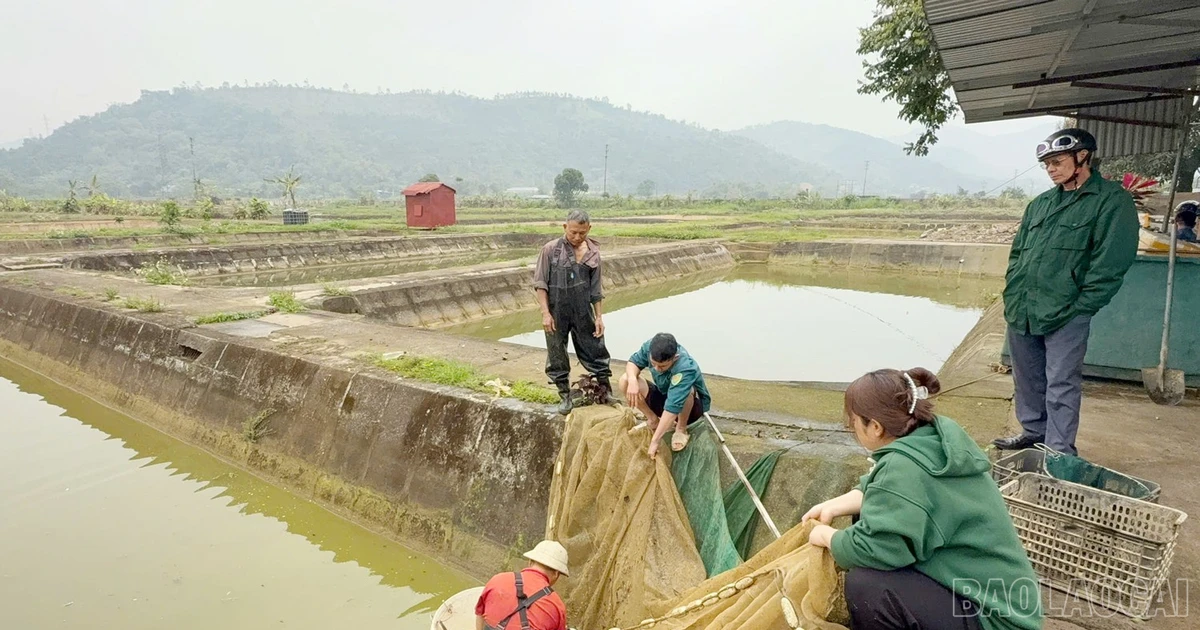




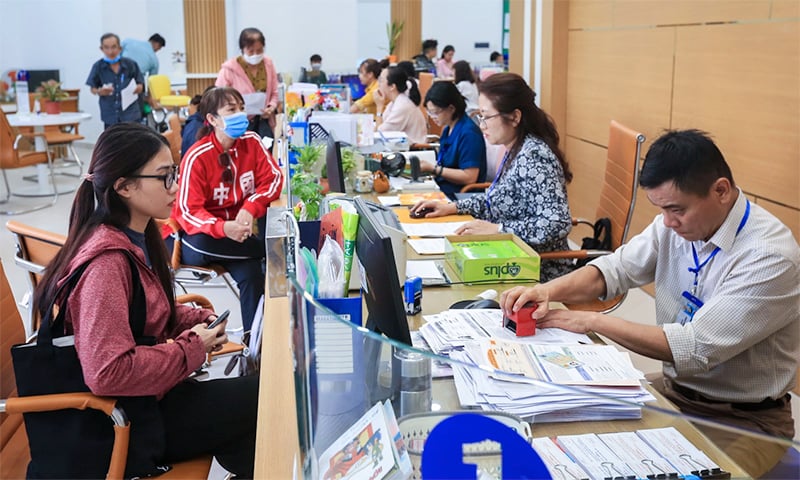









Comment (0)